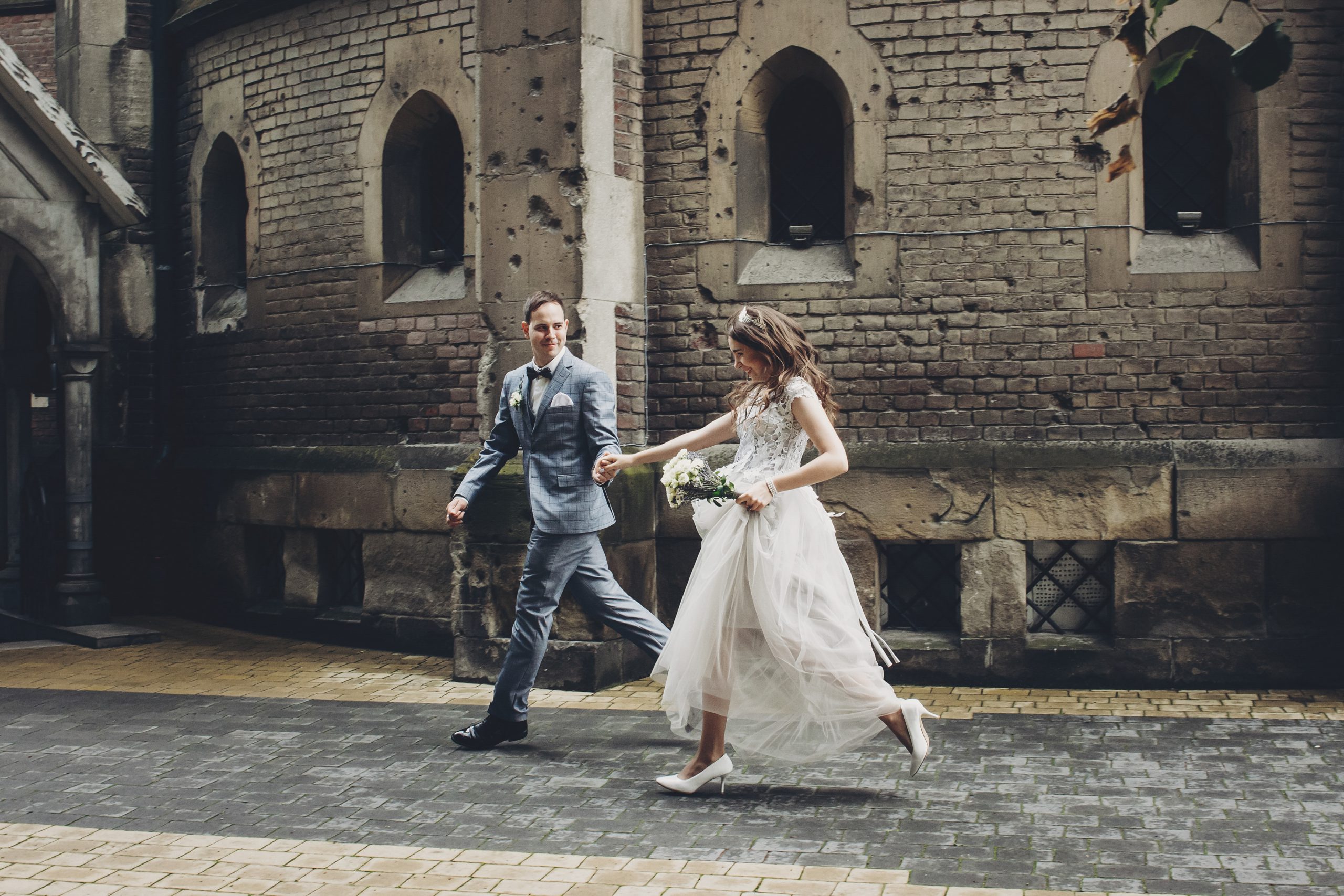
There’s a special poignance to a film about the passage of time and what it does to us undergoing the same experience as its characters. Whenever a movie comes out about characters and/or filmmakers looking backward, you never really know what the film has to say until it becomes an artifact of the past. Such is the case with “The Big Chill,” released on September 28, 1983, co-written and directed by Lawrence Kasdan.
Kasdan’s film may be one of the all-time great rebukes of the sophomore slump. “The Big Chill” defied convention in several ways: it felt like a debut film, but it was Kasdan’s follow-up to “Body Heat.” Typically, the ensemble drama-comedy with heavy autobiographical overtones precedes the edgy modernization of Old Hollywood genre fare, but not so here. Improbably, “The Big Chill” made twice what “Body Heat” did on a slightly smaller budget. It should be noted that while Kasdan is often associated with the film school contingent of New Hollywood, he didn’t attend film school. After graduating from the University of Michigan (which figures prominently as an alma mater for the characters in “The Big Chill”), he came to Los Angeles hoping to become a screenwriter but found the studio gates closed upon his arrival, at least at first.
Kasdan was part of the spec script generation, and it was a pair of his screenplays that began to generate buzz amongst filmmakers, even if the studios were only mildly interested in his stories. The buzz was good enough to land him a remarkable pair of assignments: co-writing “The Empire Strikes Back” and “Raiders of the Lost Ark.”
So, having been associated with blockbusters and finding success with his first effort as director, it makes sense that Kasdan would take a moment to become wistful and reflective, though many directors would have just moved on to the next genre pastiche.
Kasdan and Barbara Benedek (who had no previous screenwriting credits) began writing “The Big Chill” while Kasdan was working on “Body Heat.” And though it should be unremarkable that he teamed up with a woman screenwriter to write this gender-balanced ensemble drama, for his generation, it is not as commonplace as it should be. It has to be said that John Sayles’ debut, “The Return of the Secaucus 7,” which has a similar plot to Kasdan’s film, was released just months before Kasdan and Benedek began writing their screenplay. Kasdan has always maintained that he had not seen Sayles’ film before making “The Big Chill,” which is entirely credible. In the end, both films are rooted in the act of looking back, a moment that comes to every generation but inevitably hits Boomers uniquely hard because of their particularly idealized vision of their youth.

As the son of two Boomers, I grew up with a sense that “The Big Chill” was both beyond me and also very much obliquely about me. I was 12 when the film was released and somehow understood that if I wanted to understand the generation before me, this film would be instructive. “The Big Chill” seemed to have an anthemic quality even though the slice of the generation it depicted was far from universal. Although no one in the film looked like her, my mother embraced the film and saw herself in it. The most obvious explanation for this phenomenon would be the film’s soundtrack, which featured Motown hits and songs by Black American artists alongside white American and British Invasion bands. The needle drops were excessive for some, but I wonder if the film’s target audience would agree. Like Spike Lee’s “Crooklyn,” wall-to-wall period songs can be immersive, activating the viewers’ memories like Proust’s Madeleine. The songs unlock memories, which the movie uses as soil to seed. Is this manipulation? Of course. And so is most good filmmaking.
The use of Black music does bring up the issue of the cast’s whiteness. For some, there is something offensively appropriative about the use of Black music without the presence of Black characters. Kasdan and Benedek drew on their own college experiences and social circles for the film; most likely, the cast reflects the demographics of their realities. At one point, Huey P. Newton and Bobby Seale are invoked ruefully as lightning rods for their earlier activism, so the film isn’t blind to the realities of race in their lost golden age. But it is striking that most of the film takes place on a South Carolina plantation. It is treated simply as a beautiful backdrop for this story, not a stinging indictment of the characters’ hypocrisies.
The film focuses on a bittersweet reunion brought about by the funeral of Alex Marshall, famously played by Kevin Costner in an excised role that now only shows him in a series of tight close-ups as his body is being prepared for burial. Alex committed suicide, and we are led to believe this is because he refused to endure the cold winds that come with aging, which the title alludes to. Costner’s big scene was cut (which makes for a rather abrupt ending) once the filmmakers understood that no actor could live up to how Alex becomes symbolic in the film for the beauty and purity of youth.
The ensemble cast, which featured Kevin Kline, Glenn Close, Mary Kay Place, William Hurt, Jeff Goldblum, JoBeth Williams, Tom Berenger, and Meg Tilly, are all working at the top of their respective games, coached by Kasdan, who asked them to do long, elaborate in-character improvisations. This approach pays off. Without it, and with lesser actors playing characters who weren’t as sharply drawn, it would be all too easy for this group to feel like merely an anthology of generational malaise archetypes. They’ve almost all “sold out” in one way or another. Most are at least a little guilty about how they have betrayed the ideals held dearly by their younger selves.
I think of this as the Second-Coming-of-Age quasi-genre, in which a character, usually in their 30s, fully lets go of who they thought they would be and tries to be okay with who they appear to be. Watching this film now that I am significantly older than the characters who once seemed ancient, I can’t help but feel much of their angst is premature, that they still can be true to their younger selves. But perhaps that’s easy to say from another time and generation’s perspective.
Despite the upbeat music and the scenes of folks in their mid-30s rediscovering their youth, much of “The Big Chill” is about guilt and despair. It is a uniquely American film in that way: it makes brisk entertainment of early mid-life existential crisis (with a real accent on the word brisk because editor Carol Littleton—who will soon receive a lifetime achievement Oscar—masterfully makes this loosely plotted 105-minute film feel 25% shorter than it really is). John Bailey’s cinematography almost recalls the natural light camerawork of Néstor Almendros for Eric Rohmer (fun fact: the cinematographer and editor of “The Big Chill” were married at the time and still are as of this writing). The beauty and moodiness of the South Carolina landscape, with its sunsets and early morning fog, provide a visual narration for the collective’s state of mind. It also brings to mind Ingmar Bergman and Sven Nykvist’s collaborations if Bergman wasn’t, you know, Bergman. Kasdan loves his characters and won’t let them beat themselves up too much about their choices. One pair’s weekend infidelity is handled with such non-judgmental matter-of-factness you almost forget what year the film was made in.

Nick, played by the late William Hurt, is the most fascinating character in the bunch. Nick is the only one who hasn’t, in some ways, betrayed himself. But Nick also has a drug problem and is sexually impotent. He is thereby left out of the reunion weekend’s sexual musical chairs and, from this removed vantage point, calls out his friends on their hypocrisy. Most striking is the moment when Nick expresses revulsion at party host Harold (Kevin Kline) and his chummy relationship with the local cops (Harold is the person who owns the plantation). It is said that Nick was once a “San Francisco radio psychologist,” and watching it this time, I couldn’t help but feel Nick was being coded as queer. As if the story about the war wound that claimed his sexual potency was merely a fanciful lift from Hemingway to ward off unwanted sexual attention.
This reading is in no way thwarted by the fact that Alex’s younger girlfriend Chloe, played beautifully by Meg Tilly, who feels like she wandered in from another movie in the best way possible, chooses Nick after Jeff Goldblum’s smarmy People magazine writer Michael tries and fails to woo her. Nick’s scenes in the last act with Chloe are among the film’s most touching moments. She has chosen Nick because he is clearly the closest to Alex in his refusal to sell out to the ’80s, even if it costs him dearly. And maybe this time, Nick will find his way in a manner Alex never could.
I wonder if a filmmaker today would have the courage to make a film where a character like Mary Kay Place’s Meg (who we are not supposed to dislike) explains that public defender work was ultimately too depressing because the impoverished defendants were usually guilty. Meg isn’t punished for this. In fact, Meg gets her big wish granted in an act of selflessness arranged by Glenn Close’s Sarah as an act of penance for her infidelity. Despite all its darkness, the film ends with sunlight and laughs. The uncharitable among us will chalk this up to the 1980s instinct to pave over difficulties, however improbable for a happy ending. And they would not be totally wrong. But it also recalls Shakeseare’s Late Romances, which blend comedy and tragedy and end with graceful reconciliation and forgiveness.
The Baby Boomers have become almost a punchline of late. And if you like, you can see exactly why their choices have brought the censure from the generations that followed. Nick and Alex would probably agree with the condemnation. But on the other hand, even though “The Big Chill” doesn’t shy away from the Boomers becoming what they once held in contempt, it’s also possible to see the forgiveness Kasdan imbues the film with as a gentle counter to the inevitable criticism. As the credits roll, Kasdan whispers, “It’s OK, Boomer,” long before anyone could say, “OK, Boomer.”
Time always has the final say. And while it is easy for post-Boomer generations to look at the film from a critical eye, I don’t think any of us are immune to the same kind of lapses that are on display in “The Big Chill” (I’m already becoming bone-weary of Gen-X nostalgia porn on social media and I’m bracing for another wave of it as Millennials enter middle-age). We who follow the Boomers into elderhood would do well to view Kasdan’s film through a compassionate lens because the Boomers may be foretelling what inevitably happens to any other generation. They might have had opportunities Gen-X and Millennials never got, but the betrayal of our youth is not beyond any of us. My generation went from “Question Authority” bumper stickers to voting a grotesque authoritarian into the White House.
I find myself thinking a lot about the dichotomy of Harold and Nick: one stuck in the past he has in many ways betrayed, the other pushing defiantly forward and away from it while refusing to give quarter to a new era. I’m not sure we get to choose whether we are more like Harold or Nick as we age, but at least Kasdan has given us a chance through his characters to better see ourselves.




